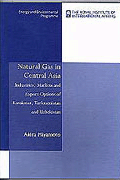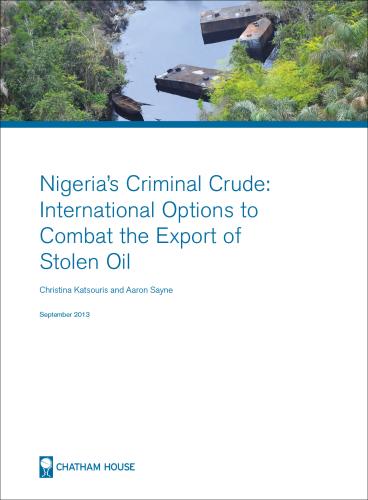Last year, the African Growth and Opportunity Act (AGOA)—originally signed into law by President Clinton in 2000—was extended to 2025. Last week, the 15th annual AGOA forum was held in Washington, D.C. with the aim of bringing together U.S. government representatives, civil society organizations, academics, and business leaders, in the aim to discuss the best ways to maximize the utilization of the legislation, which now has only nine years left.
AGOA represents the cornerstone of U.S. free trade policy with Africa, providing African countries with easier access to the U.S. market. The law has seen some success: Since the bill was signed in 2000, exports to Africa have increased by over 200 percent. Similarly, imports from sub-Saharan Africa soared exponentially almost immediately. As seen in the graph below, imports increased by 265 percent between 2000 and 2008. The 2008 financial crisis was followed by a decrease in trade between the U.S. and AGOA-eligible African countries, followed by a small recovery between 2009 and 2011. However, in the last five years, imports have declined, as reflected by the reduced size of the trade deficit.

This growth doesn’t tell the whole story; according to most experts, AGOA has yet to reach its full potential. For example, trade is still concentrated in a few places: Nigeria and South Africa alone make up 50 percent of exports from AGOA-eligible countries to the U.S. Amid the decline of commodity prices and declined output, the two nations’ exports—and therefore total AGOA exports to the U.S.—have declined.
In view of the forum, the office of the U.S. Trade Representative published a report titled Beyond AGOA: Looking To The Future Of U.S.-Africa Trade And Investment. The report underscores the need to rethink U.S.–Africa trade policy in light of the changing African and American trade landscape. Africa is not the same continent it was in 2000: Real GDP has doubled, a burgeoning urbanized middle class has increased demand for goods and services, and greater mobile phone and internet penetration has better connected Africa to the world. In 2000 the U.S. was a signatory of only two free trade agreements (FTAs); today, the U.S. has implemented 12 more FTAs with 17 countries, and the mega-deals of the Trans-Pacific Partnership and the Transatlantic Trade and Investment Partnership are on the horizon. An updated version of AGOA would give American manufacturers greater scope to export to Africa and American investors the ability to profit from multiple African investment opportunities.
The report includes a number of recommendations for a restructuring of AGOA, including:
- Supporting African regional economic integration, as it gives U.S. manufacturers access to a larger pool of consumers while African producers can take advantage of domestic economies of scale.
- Moving towards greater reciprocity due to the global trend away from unilateral to reciprocal agreements.
- Enhancing African value-added production and export diversification.
- Pushing for reform across a broad spectrum of policy areas to integrate Africa better into the global trading system.
- Continuing to be cognizant of the differing levels of capacity and capability across the continent, as a “lowest common denominator approach” will not take advantage of the opportunities offered by the diverse set of countries in the region.
Junaid Belo-Osagie contributed to this post.






Commentary
Figure of the week: Maximizing AGOA utilization
September 30, 2016